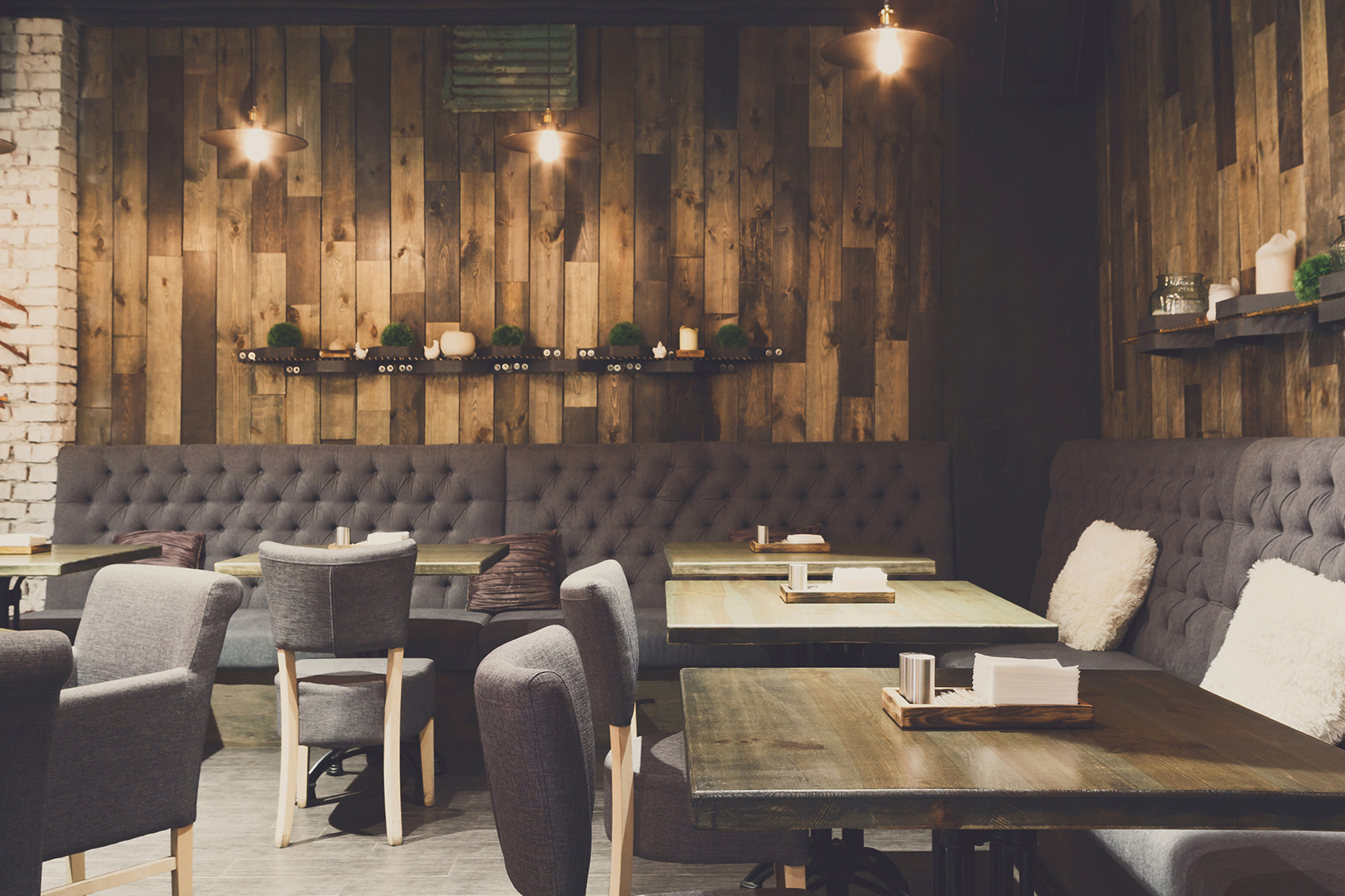Story at a glance:
- PositiV monitors a building’s pressure, CO2 levels, relative humidity, and temperature for optimal health and efficiency.
- Users are alerted to any problems and prescribed solutions.
- PositiV monitors are wireless and self-powered, and all gathered data is aggregated and stored on one centralized platform.
These days most everyone has an app or device to help monitor the health of their body, but what about buildings? Lack of proper pressure, CO2 levels, temperature control, and humidity can all have negative impacts on a building’s longevity as well as the health and safety of the people who work and visit that space. Melink developed a solution—a health monitor for your building called PositiV.
PositiV is a standalone, easy-to-install, solar-powered, digital system that remotely tracks and monitors a building’s pressure and overall health. It alerts facility managers when anything is detected that is out of the custom-set parameters.
“You can’t improve what you don’t know. PositiV gives serious insight into building and HVAC performance—not just in a way that a typical thermostat does. It identifies a problem and prescribes a solution that, if followed, will ultimately change the building and improve performance,” says Alex Falck, product manager at Melink. PositiV gives facility managers and owners the control and know-how to correct problems before they become costly or harmful.
Building and environmental health have always been at the forefront of Melink’s mission. The company started in 1987 as an HVAC test and balance company, keeping HVAC systems running at their best. Since then it has grown to be a top supplier of energy-efficient and renewable energy solutions like a controlled kitchen ventilation system and solar panels. “It has always been about changing the world one building at a time,” Falck says.
PositiV draws on Melink’s 30-plus years of experience in HVAC to provide building owners with meaningful insights into how their building is operating. “It is not so much about providing the data but aggregating it and determining what the data is really telling us,” Falck says. “It is helping people get out of the reactive mindset and more to the proactive mindset.”
Falck recently spoke with gb&d about how PositiV can help save time, money, and the environment.
How does the PositiV building health monitor work?
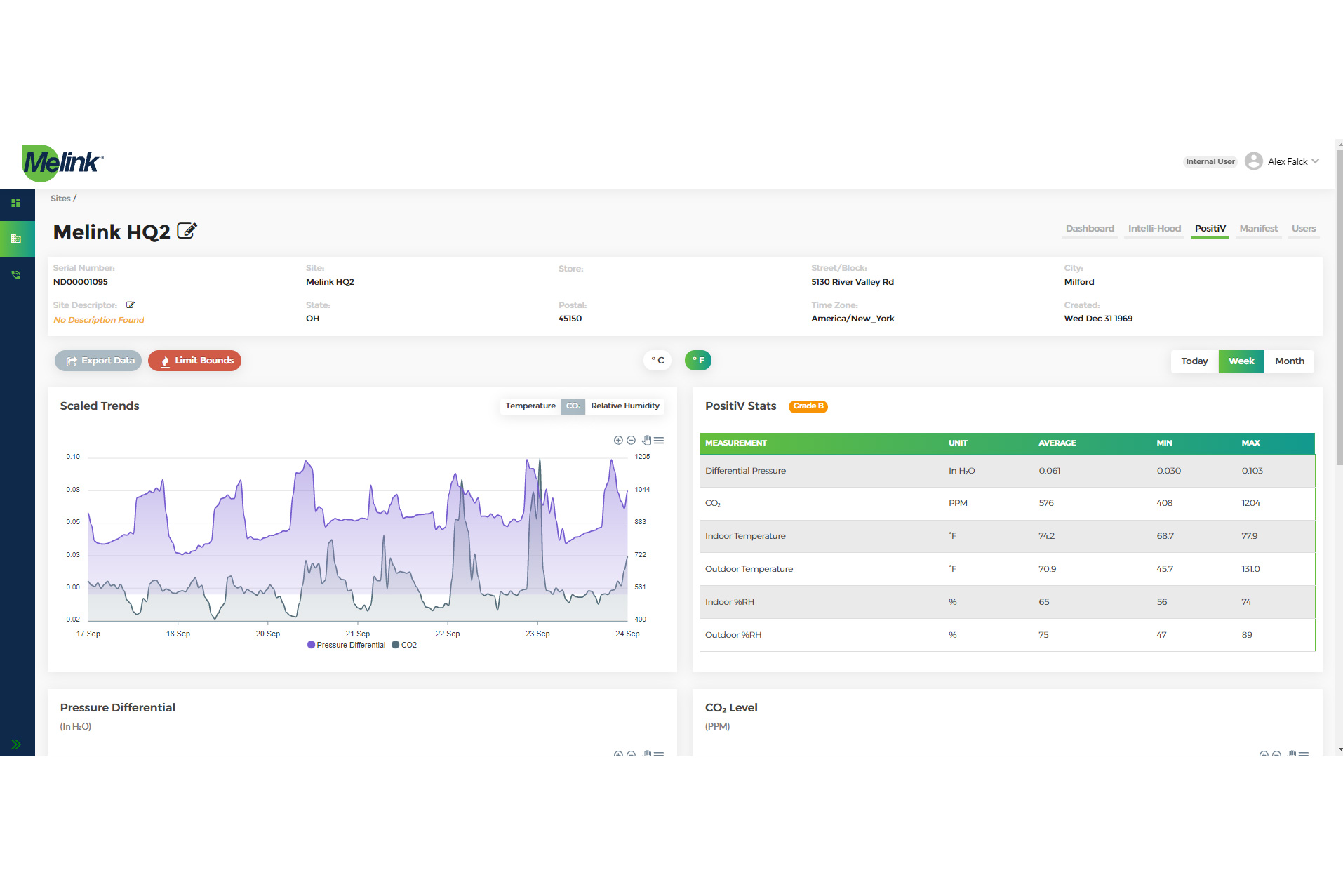
Image courtesy of Melink
The PositiV system is comprised of two monitors. Both are wireless and can be used immediately after being taken out of the box. Not a lot of building health monitoring solutions can do that.
One monitor is installed on the exterior of the building, typically on the roof, and another is placed in a well-lit central location indoors. Together they monitor how the outside air is impacting the inside air—tying HVAC performance metrics to indoor air space. PositiV measures four key building health metrics—temperature, relative humidity, carbon dioxide, and building pressure. The system uses nine pressure sensors, nine temperature sensors, and one humidity and CO2 sensor for accurate, reliable tracking. It is a completely self-powered system. No plugins or IOT are needed.
All of the data is recorded and analyzed in PositiV’s centralized platform for users to access. The data points are continuously monitored for the long term, not a specific moment. The data is prioritized and triaged within the platform, so busy, overwhelmed site managers know where they need to focus their attention. Multiple locations can be compared and monitored on the same platform.
What happens when something is out of the set parameters?
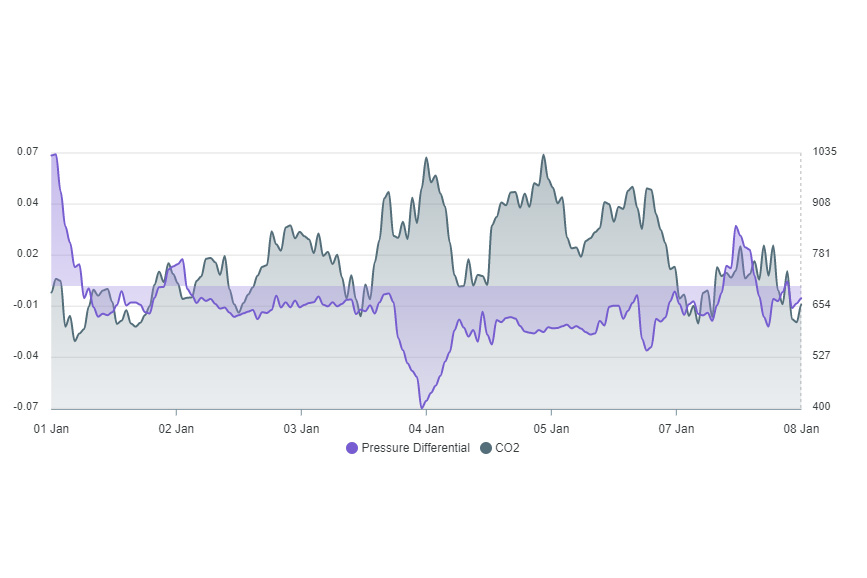
Pressure versus carbon dioxide. Image courtesy of Melink
If something is outside of the custom-set parameters, an alert will be sent to the facility contact. The emailed alert will tell the manager what the problem is, and if it is mechanically or operationally driven. Then it will suggest a solution. Ultimately it depends on what the data is telling us. The solution can be a lot of things.
If there are pressurizing problems, for example, it is indicative of a balancing issue, and we may recommend getting a balancer out to check the system. If it is temperature-related, it might be something to do with the thermostat. We may suggest verifying all settings are correct. We may suggest moving the fan to “on” instead of “auto” mode. Other cases might have to do with humidity or CO2. We may recommend additional dehumidifying efforts or to increase ventilation to reduce CO2 peaks. We generally start with the easiest possible solution.
Where does the PositiV building health monitor work best?
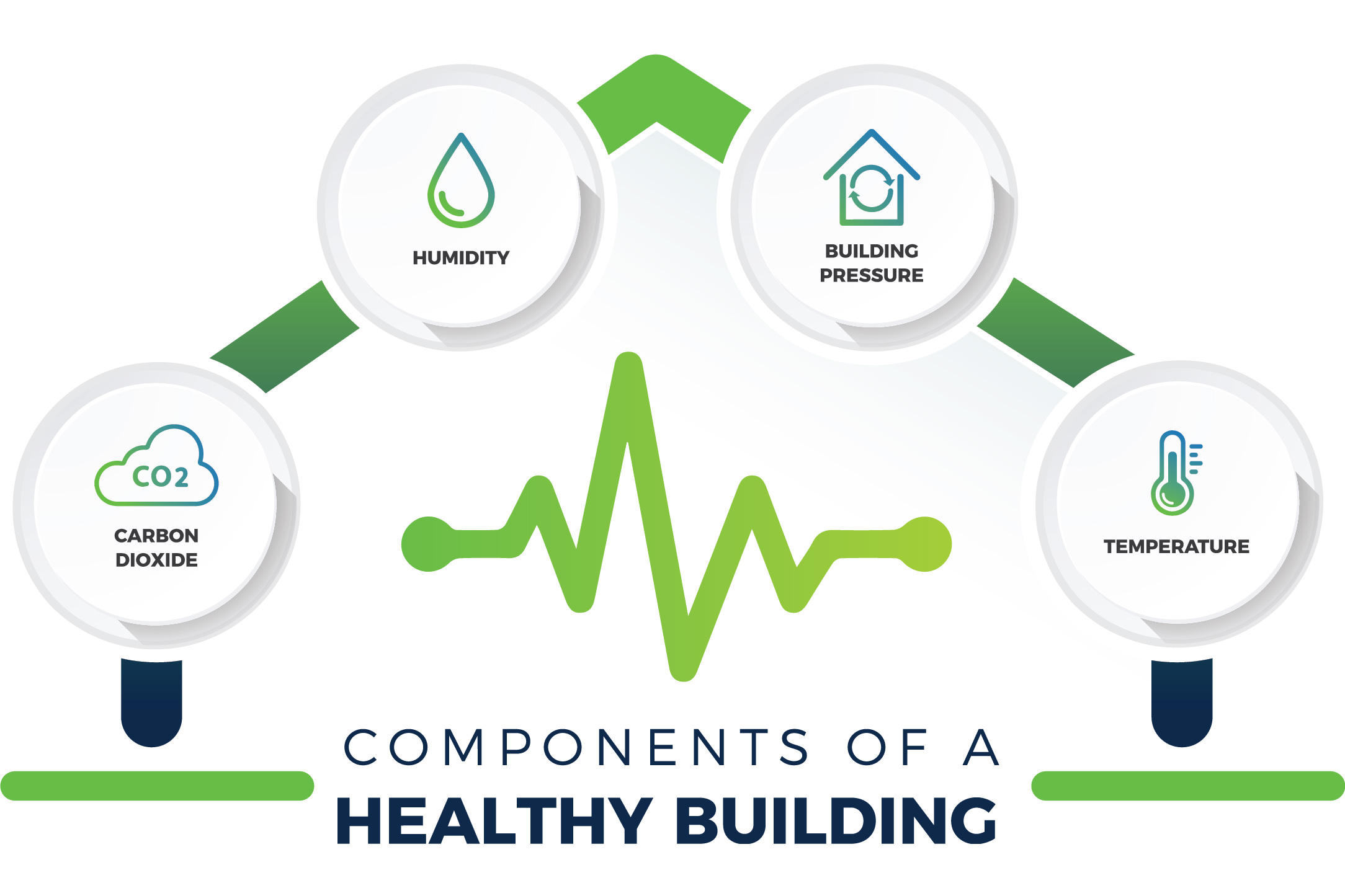
Image courtesy of Melink
It can be installed on virtually any retrofit or new construction project. It has a wide application base because it is wireless and relatively easy to install. Both monitors must be installed within range of each other so they can communicate properly. They also need proper lighting to keep the battery charged, but wired options are available in low-light environments. There is a battery backup if needed, but the monitor primarily runs off of solar or ambient lighting.
PositiV is often used in restaurants and retail environments, but it can be used in tons of different applications, like senior living, lodging, hospitality, etc. Single-story, non-mall-based establishments are the bread and butter.
What are the benefits of using PositiV?
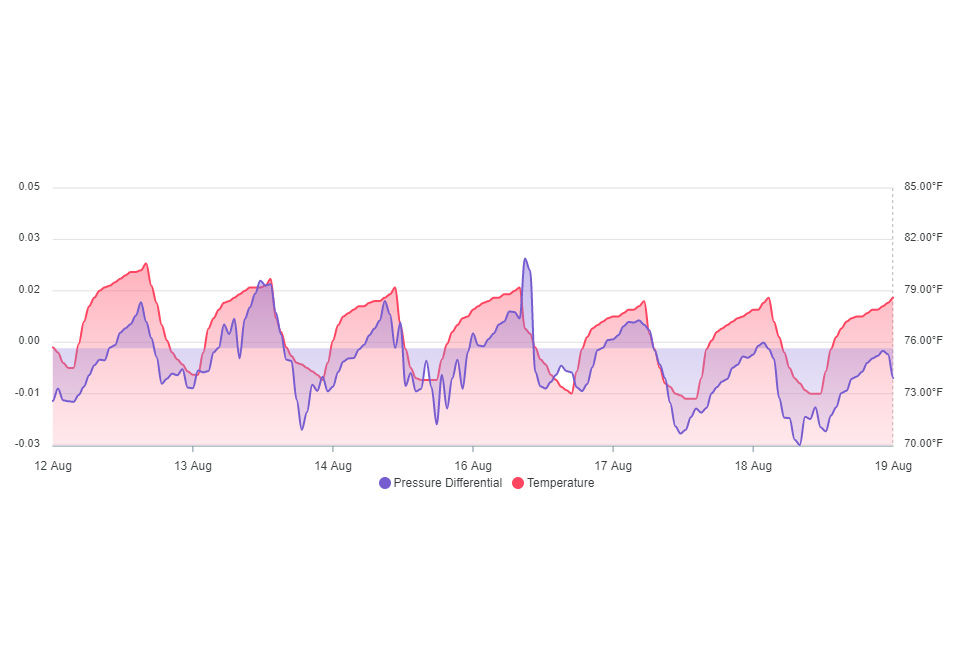
Pressure versus temperature. Image courtesy of Melink
It provides peace of mind that the HVAC system you bought is operating as efficiently as possible, delivering what you ultimately paid for. It provides long-term verification that systems are working properly for a fraction of the cost of running your HVAC system. A positively pressurized building will typically save you 20% over a negatively pressurized building. You want to operate in net positive pressurization.
PositiV helps make sure your HVAC system is not overworking and not using unnecessary energy, benefiting the environment and your wallet. It gives insight into what the most sustainable decisions are for the building. It protects your investment.
Healthy indoor air quality is so important. It improves comfort, employees are happier, healthier, and feel confident that they are in a safe environment. There are intangible benefits to cognitive ability and decision-making. Verifying fresh air is crucial, especially post-Covid. We must have the proper amount of fresh air inside buildings so there is no unnecessary viral transmission and people feel safer and healthier.
Design review is also a big part of it. PositiV helps customers better understand building design and HVAC efficiency with data. It helps to identify potential HVAC deficiencies in large sweeps of stores or potential shortcomings or problem areas in specific regions. A business might have a routine problem that its team can’t seem to get to the bottom of. They might not be able to get the data to make the right decision on an improvement. PositiV can provide the information to identify and verify what improvement is necessary. It can provide solutions to long-term problems.
Monitoring building health and HVAC performance has numerous benefits and provides insight to the often-unseen issues that occur as a building operates. Using the proper monitoring solutions can improve the way your building operates, while making the occupants of the building safer and healthier.

